The Indian River Lagoon Observatory – Public Lectures
IRLO staff members frequently give public lectures on the Indian River Lagoon, usually on the diversity and the important roles of its marine plants or its water quality. Here are are links to some of our favorite lectures.
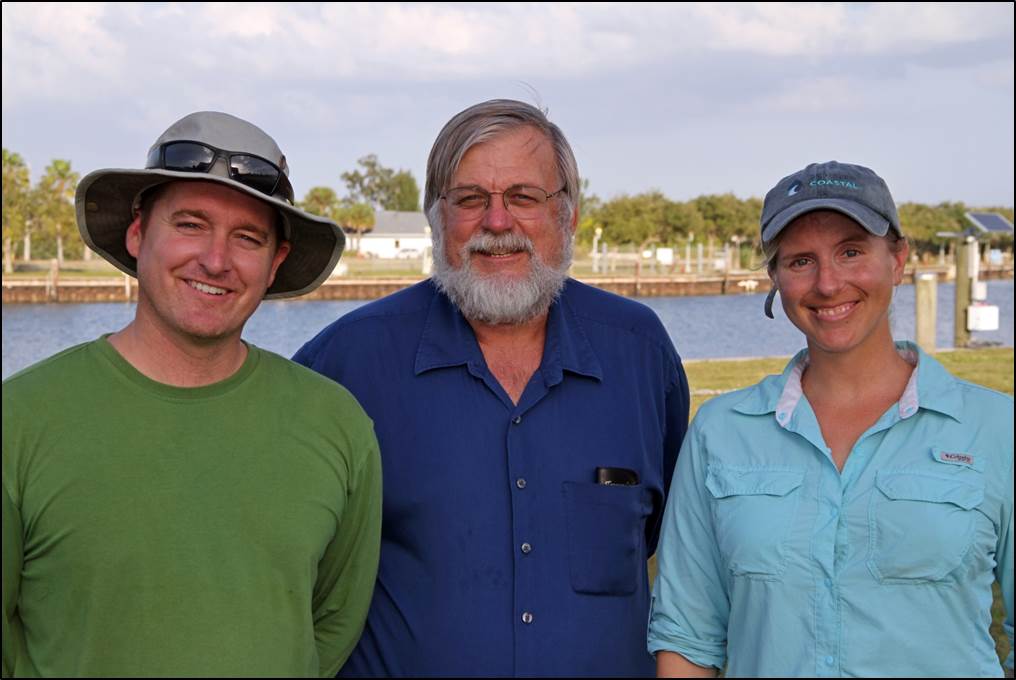
Indian River Lagoon Observatory: Phase 2 – Expanding Real-time Observations for Everyone
Dennis Hanisak, Kristen Davis, and Ben Metzger (March 11, 2015)
Harbor Branch is expanding its network of Land/Ocean Biogeochemical Observatories in the Indian River Lagoon and St. Lucie Estuary to provide real-time, high-accuracy and high-resolution water quality data. Continuous, high-resolution measurements are being made for: temperature, conductivity, depth, turbidity, current speed and direction, water color, nitrate, phosphate, dissolved oxygen, pH, and chlorophyll a. This lecture provides an overview of this LOBO network, including some of the Harbor Branch innovations in the use of this technology and the challenges and solutions to deployments in the dynamic estuarine environment of the Indian River Lagoon.
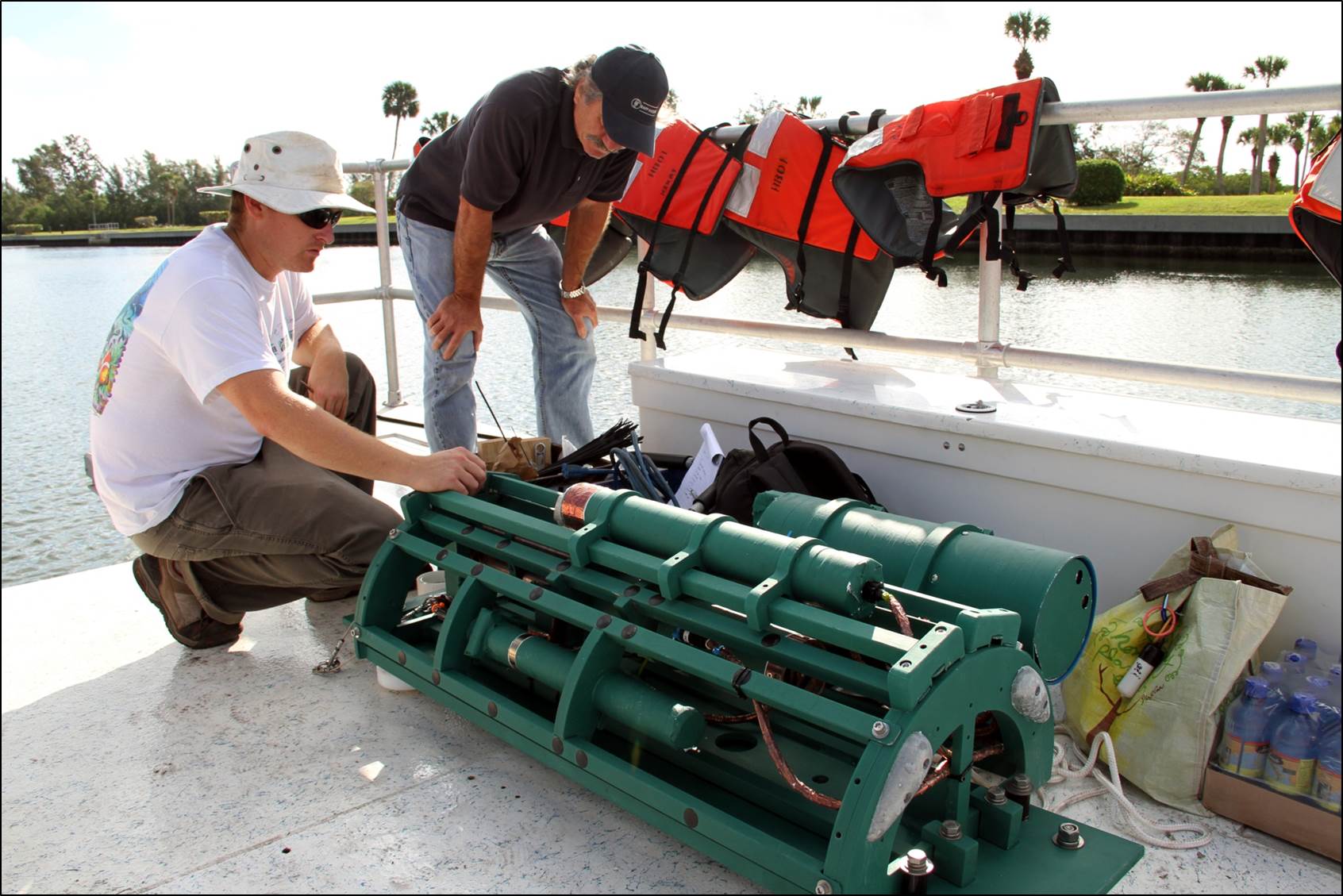
Indian River Lagoon Observatory: Real-time Observations for Everyone
Dennis Hanisak (January 22, 2014)
The Indian River Lagoon Observatory (IRLO) was initiated to investigate ecological relationships in the Indian River Lagoon and how they are impacted by natural and human-induced stressors. An important component of IRLO is the development of a network of advanced observing stations in the Lagoon. Recently deployed Land/Ocean Biogeochemical Observatory (LOBO) units provide real-time, high-accuracy and high-resolution water quality data through an interactive website. This enables all of us – scientists, managers, educators, students, and the public – to better observe long-term ecosystem changes and those driven by events such as freshwater discharges, algal blooms, storms, and droughts.
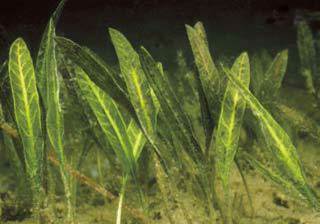
Seagrass in the Indian River Lagoon: It’s Not Easy Being Green! (Kermit’s Lament)
Dennis Hanisak (November 7, 2012)
Seagrasses are submerged angiosperms (flowering plants) that live in saltwater. To survive in the marine environment, seagrasses face numerous challenges. Seagrasses are a critical component of the Indian River Lagoon ecosystem, playing important roles in biological productivity and species diversity. Healthy seagrass habitat is required for the ecological functioning and the economic viability of the lagoon. This lecture provides an overview of seagrass in Indian River Lagoon, the ecological and economic importance of seagrass, and its historical trends and current status, and briefly describes how research at Harbor Branch is increasing what is known about seagrasses and their management.
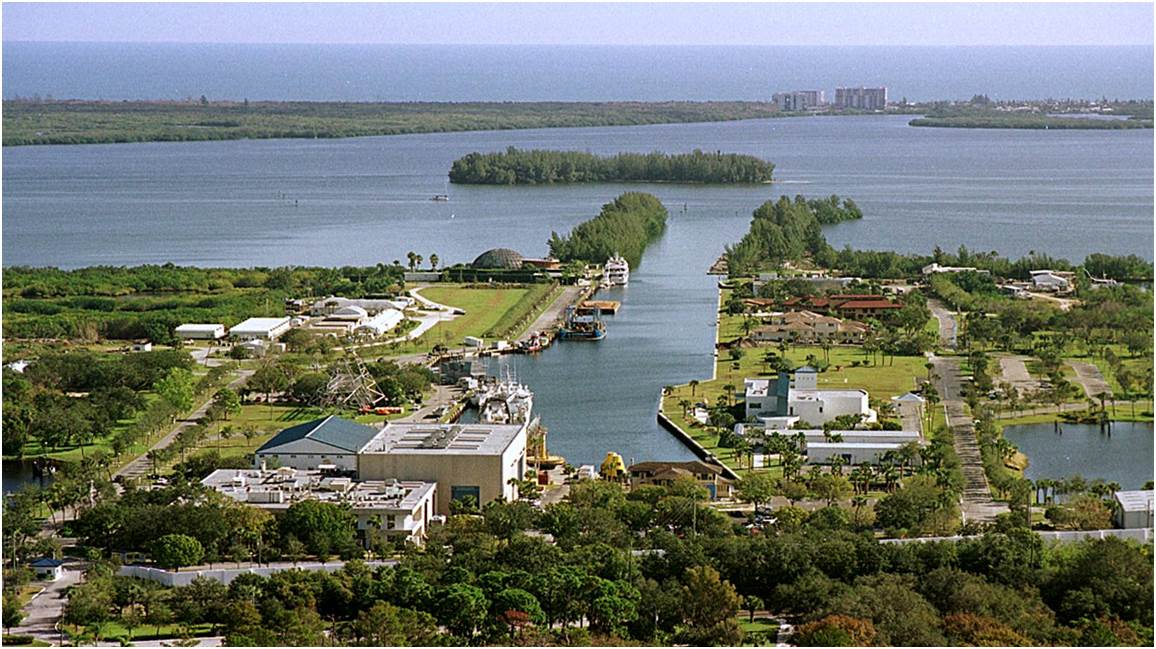
Shifting Baselines: Water Quality In the Central Indian River Lagoon
Dennis Hanisak (February 23, 2011)
The "shifting baselines syndrome" refers to how significant changes to a system are measured against our individual reference points, without consideration of previous experiences. This syndrome results in a loss of perception of change as each generation redefines what is "natural". Water quality in the Indian River Lagoon has changed significantly over the past eight decades due to watershed alteration and land drainage patterns. How do those of us living along the lagoon alter its water quality? How can we establish a baseline for water quality in a lagoon that is so spatially and temporally complex? How can we avoid the "shifting baselines syndrome"?
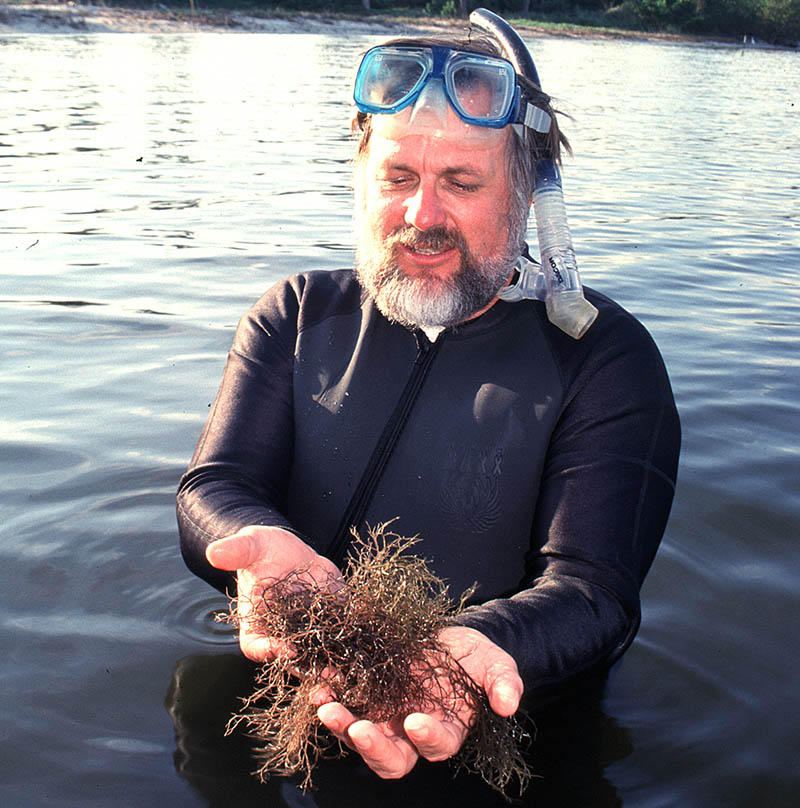
Algae? This Is a Color?
Dennis Hanisak (March 17, 2010)
Algae are photosynthetic organisms that occur in most habitats, but are particularly important in aquatic habitats. Algae do not comprise a single taxonomic group. They vary from microscopic, single-celled forms to complex multicellular forms, such as the giant kelps, that may grow to 65 meters (over 200 feet) long. Although often maligned by humans, algae are critical primary producers on our planet, providing food and oxygen for many other organisms. This lecture takes a quick look at the amazing algae, including their diversity, beauty, and roles in nature. The speaker’s research on the Indian River Lagoon has included a long-needed biodiversity inventory of macroalgae and a better understanding of the ecological roles that these organisms play in the IRL.
